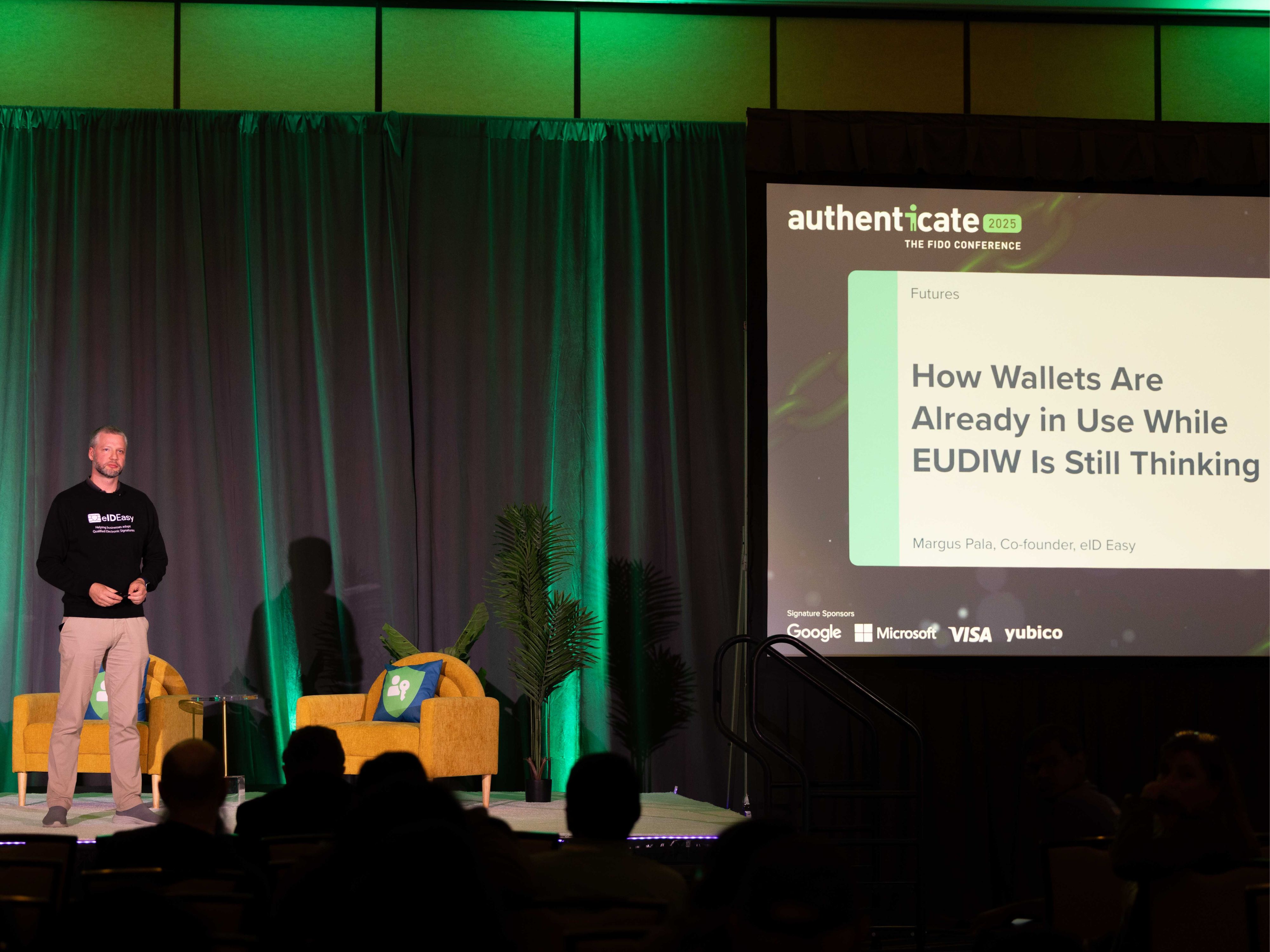This guide is for product managers, solution architects, developers, legal and compliance teams, and anyone responsible for designing or implementing digital signature workflows. If you need to choose the appropriate signature method for your product, platform, or internal processes, this provides a clear, practical overview of what matters.
Why Signature Type Matters
Electronic signatures are not all the same. Multiple validity levels and implementation details exist, and choosing the right type affects compliance, security, user experience, and long-term reliability. This guide outlines the key signature types used in digital documents today, when each should be used, and the technical or regulatory considerations to keep in mind.
Signature Validity Levels
From the European Union’s perspective, there are three validity levels. In some countries, only two levels are defined.
Qualified Electronic Signature (QES)
QES is the highest-assurance signature available.
Use it when:
- The law explicitly requires QES for the document type
- Maximum legal certainty or enforceability is essential
QES provides the strongest identity verification and integrity guarantees. In some countries, it is also referred to as an Advanced, Certified, or Secure signature. In the USA, QES maps to the FDA’s 21 CFR Part 11 guidelines.
Advanced Electronic Signature (AdES)
AdES ensures:
- The signer’s identity is verified
- The document has not been altered
Use it when strong validity is required but QES is unavailable, costly, or introduces too much friction. AdES is suitable for most high-trust workflows that do not require QES by law.
Simple Electronic Signature (SES)
SES provides the lowest level of assurance.
Use it when:
- Any signature is sufficient
- Higher validity options are not accessible
- Additional evidence is available to support the signing event if needed in court
SES works for low-risk scenarios or when the signature is more of a formality. In practice, SES is often considered an archive document showing that all parties have seen it at some point.
Different Types of AdES
AdES is not a single format. It can be implemented in several ways while still meeting the AdES requirements:
- AdES based on a qualified certificate in the EU Trusted List
This can be verified through the EU Trusted List and various validation tools. - AdES in AATL (Adobe Approved Trust List)
Technically fulfills AdES requirements but is not recognized as AdES by EU validators. It remains valid within Adobe systems. - AdES without a personal certificate but backed by identity verification
Evidence is stored in metadata or in a separate file.- eID Easy can process the entire PDF, apply a visible signature, and generate an evidence document.
- Alternatively, eID Easy can sign only the SHA-256 hash of the document and return XML evidence, allowing the customer to create and maintain the PDF themselves.
Privacy and Hash-Based Signing
When additional privacy is required, many signature methods support signing only the SHA-256 hash of the document rather than the full file.
Implementing this approach requires:
- Additional engineering work
- Ensuring full ETSI compliance
This method helps protect sensitive document contents during the signing process.
Country-Specific Recognition and Legal Mapping
Signature validity levels do not translate identically across jurisdictions.
Key points:
- A QES issued in the EU is generally treated as AdES in other regions unless a mutual recognition agreement exists.
- The UK and Ukraine recognize EU QES as equivalent to their own QES, but not vice versa. The EU recognizes UK and Ukraine QES only as AdES.
- Switzerland’s ZertES QES is treated as AdES in the EU, and EU QES is treated as AdES in Switzerland.
Understanding these cross-border relationships is essential for designing international signing workflows and determining where a signature must hold a specific validity level.
Using Local Signature Methods
Based on our experience, when a country has its own widely adopted signing method, it is usually best to support it. The same applies to global signature solutions intended for international use.
Reasons include:
- Better user experience due to familiarity and typically no onboarding, as signers have used the method before, resulting in lower friction and lower cost
- Local language support
- Optimized authentication and verification flows
In some regions (such as the Baltics, Poland, and Brazil) multiple widely used methods coexist. To ensure every signer can complete the process, supporting all major local options is recommended.
Cost Structure Considerations
Signature providers may use different pricing models:
- Upfront verification or certificate issuance costs
These result in lower ongoing transaction fees. Best for signers who sign frequently. - No onboarding or setup cost
Often includes higher per-signature pricing. Best for signers who only sign occasionally.
Choosing the right model depends on expected signing volume and workflow requirements.
Batch Signing Support
If a workflow requires signing many documents with a single authorization, the signature method must support batch signing. This capability is essential for high-volume or repetitive signing scenarios.
Conclusion
Selecting the appropriate electronic signature type requires balancing legal requirements, technical constraints, regional differences, privacy needs, and cost considerations. QES, AdES, and SES each serve specific purposes, and understanding their differences ensures that signing workflows remain both compliant and efficient.
By considering evidence formats, local signing methods, recognition agreements, pricing models, and batch signing capabilities, organizations can design digital signature experiences that are reliable, secure, and aligned with their regulatory environment.
→ If you need guidance on choosing the right signature type or have technical or commercial questions, our team is available to help. Reach out anytime.


